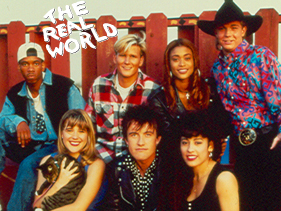
Somewhere early in the sixth My Struggle[1], the narrator asks, “How can reality be represented without adding something it doesn’t have? What does it ‘have’ and what does it ‘not have’?” I read it while visiting my friend Adam, and I asked him, “Do you value a story more when you hear that the story is true?”
“Probably less, to be honest,” he said.
I feel that’s true. “True stories” cleave more to history than story, and history was my least favorite subject in school.
Lorrie Moore had things to say in a similar vein, Jesus 8 years ago now. Her argument is that nonfiction’s strengths and power come elsewhere from telling a story, and the novel will always be for readers a better storytelling delivery system than the memoir. Stories require a suspension in some mediated place, and fiction’s invented narrator fosters such a space’s creation better than nonfiction’s author-narrator. Where nonfiction beats the novel is being able to move in and out of storytelling modes to encompass research, history, essay, etc., and so when memoirs don’t do this Moore feels the form isn’t working to its full potential.
I buy the argument for the most part, but I go back to Knausgaard’s question a lot, especially as I embark on a book that will be telling a lot of true stories. I’ve been seeing this process as a reduction or a distillation: whenever I write about a person in my life I’ve taken something from them and left the bulk behind. The bulk is what’s true. The whole of a person.
But it’s worth considering what is added to reality when it’s represented. Mimesis is what we call the representation of reality in art, and all art requires a point of view. What reality does not have is a single perspective, and so presenting reality from one person’s point of view adds that primacy or privilege to reality. One way we talk about this is by saying There’s Two Sides To Every Story, but of course that’s also wrong. Usually there are more sides than we can count.
Being a writer, I know a lot of other writers. And being a nonfiction writer, I read a number of things that are about people I know. I try to tell myself that I’m not getting a story about this person I know, but rather a portrait, a caricature. I’m getting one person’s perspective on the person I know from a different perspective.
Which perspective is right or truer? The one written down for others, or the one I’ve been working on myself?
But all that aside, why do some people prefer True Stories to made-up ones? What pleasures or value does their trueness add to the general pleasures of reading a story? I have no idea, but my best guess goes to another concern of mimesis: verisimilitude. If mimesis is the realm of representation, verisimilitude is its scale. How true does this feel?
I’ve been reading Stanislavsky, and about 80% of his system is about the actor convincing themselves that what is happening on stage is real. Convincing seems the key term. There’s an anxiety about whether a story will feel true, or sound true, or whether the actors or characters will appear convincing.
The work of verisimilitude is the work of the artist, but the task of assessing verisimilitude falls on the audience. A True Story insists on its verisimilitude from the get-go, letting the audience of the hook, or at least one of their hooks. It must be some kind of relief.
- And by “early” I mean on page 178. (This was a book I abandoned, recall.)↵